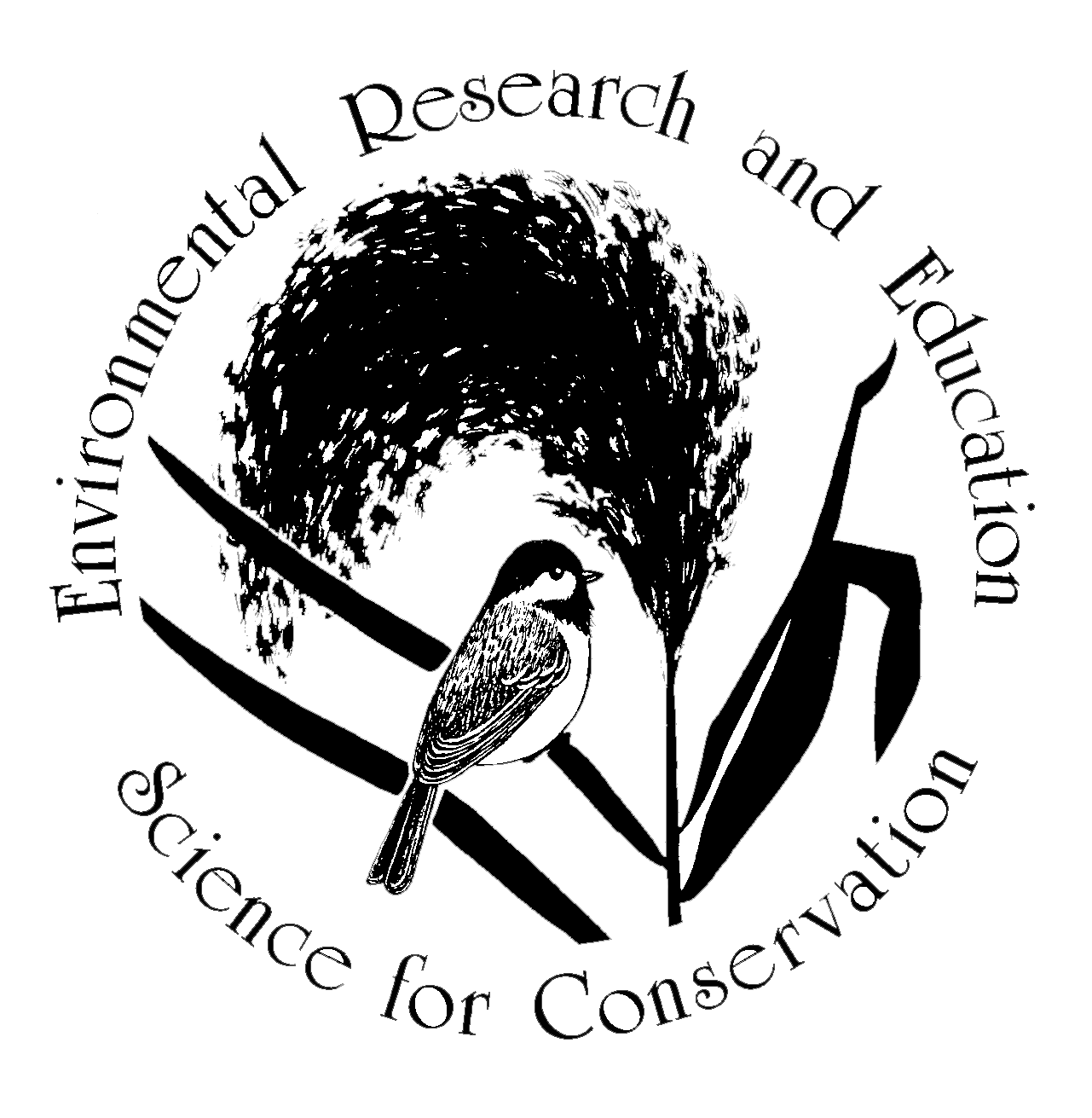Charismatic Clam Shrimps
Clam shrimps are animals of conservation concern worldwide. They exemplify the myriad small invertebrates we know little about despite their importance to ecological processes.
The Euroamerican clam shrimp in the New Jersey Meadowlands. Photo credit: Jeremy Wright
Eagles, sea turtles, and tigers are “charismatic megafauna.” Clam shrimps, only 5-10 mm (0.2-0.4”) long, could be called charismatic microfauna. They have a crustacean body plan enclosed in a bivalve shell. Most of these mysterious, overlooked animals live in temporary rain pools in farm fields, between sand dunes, in woodland depressions, or on rutted dirt roads and trails. These waters lack predatory fish.
Habitat of Agassiz clam shrimp (Eulimnadia agassizii) on a farm, New York. Photo credit: Hudsonia Ltd.
Our fascination with clam shrimps began in 2001 with the discovery of a large population of Mattox’s clam shrimp (Cyzicus gynecius) in rain pools in the New Jersey Meadowlands. This species is only known from five eastern states, and for now we presume that it is globally rare. We have since found at least three other clam shrimp species, all with sparse distributions in North America.
Clam shrimp (Cyzicus) swimming in a drying pool, New Jersey Meadowlands. Photo credit: Hudsonia Ltd.
Most clam shrimp habitats are not protected as wetlands, and many that we discovered have since been destroyed. Most of the extant habitats of the clam shrimp species we have found are threatened by infrastructure projects or other factors.
The Cyzicus clam shrimps thrive in groups of large, long-lasting, rain pools maintained by physical disturbance. Filling or draining of the pools, too much or too little vehicle activity, pesticides or other chemical pollution, and in (coastal areas) brackish flooding can kill the animals or destroy the habitat. Although most who see clam shrimps in the field find them fascinating, it’s hard to convince managers and regulators to protect them.
Habitat of clam shrimp (Cyzicus) in the Meadowlands Photo credit: Hudsonia Ltd.
Clam shrimps survive drying of pools as fertilized eggs in the mud. We think they are spread from pool to pool on vehicle tires, boots, and larger animals, possibly by water and wind. Clam shrimps share pools with other invertebrates, occasionally mosquito larvae, frogs, algae, and various potential predators including birds and turtles. Road pools are the modern equivalent of buffalo wallows which historically would have occurred as close as central Pennsylvania.
Clam shrimp (Cyzicus) habitat on an ATV trail in an abandoned quarry, New York. Photo credit: Hudsonia Ltd.
Some of the species that share the clam shrimp habitats include: pickerel frogs (Lithobates palustris), snapping turtles (Chelydra serpentina), muskrats (Ondatra zibethicus), tawny emperor butterflies (Asterocampa clyton), and flatsedge (Cyperus difformis).
Adult snapping turtle in a clam shrimp pool, Meadowlands. Photo credit: Hudsonia Ltd.
It’s easy to care about a beautiful animal like a snowy owl, but learning to appreciate less showy organisms is more difficult. However, all organisms are parts of ecosystems, and those ecosystems provide services to us. Charismatic clam shrimps, besides being educational and scientific curiosities, may help structure temporary pool ecosystems or offer an as-yet unknown utility. Fortunately, conservation of clam shrimp habitats requires little space and minor maintenance. So why not do it?
It’s amazing to think that these ordinary little pools of water are the habitat of tiny organisms that we are largely unaware of. It would not take much to protect them and ensure the viability of the clam shrimp population, and, happily, we’re currently working with farmers on practices to preserve populations on their properties.
Hudsonia biologists study and communicate nature, small and large, natural and altered, obvious and hidden. It’s all important. It’s our world with the air, water, and soil we depend on.
Thanks to Bob Schmidt, our clam shrimp taxonomist, and everyone with sharp eyes in the field. Get in touch with us to get involved.







